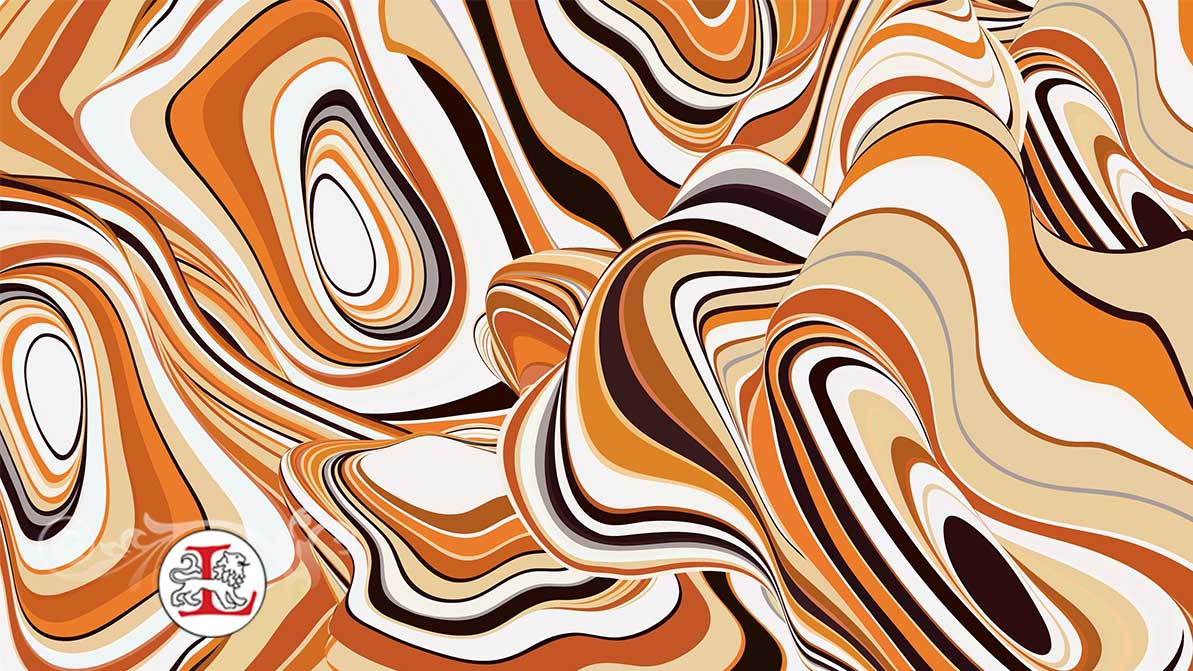Brown, Black, and White Color Psychology
Most people know about general color psychology, such as blue, green, and red. We know that blue is serene and calming; that it invokes trust. We know that green feels natural and energetic. We know that red inspires appetite and urgency. When we create logos, we lean toward blues and greens, but often away from reds and oranges.
That being said, most of us don’t know a lot about the color psychology of brown, black, and white. These neutral colors are a little different. They can go with practically anything, which is why so many people have brown or black shoes. A lot of people will base their wardrobe around brown, black, and white and not even realize it.

Brown: Sensible and Warm
Brown is considered to be a very grounded and natural color. It comes in every shade, from dark mahogany to a bright tan. Brown is often paired with warmer colors such as green. Brown makes people feel comfortable. It’s the main palette for many houses, because of natural wood. And it’s very versatile. Brown can be used as a neutral like black and white, which makes it a very useful color to have.
At the same time, brown might make people with yellow undercurrents or amber undercurrents to their skin look sallow. Browns have to be selected carefully because browns are all a mix of colors, with some closer to black and others closer to greens, yellows, and oranges. So, brown is the least neutral of the three colors, but it’s also very useful.
Black: Luxurious and Sophisticated
Let’s take a step back in history. For many years, most people couldn’t have true black. True black was a luxury. Most items faded to a gray. Today, this persists. True black is considered luxurious and sophisticated. We find that our most expensive objects tend to be a dark pitch black, from our phones to our laptops.
Black is a great color because, like white, it can be matched with anything. But unlike white, it’s very easy to maintain. Black isn’t going to get stained by other colors, it doesn’t show dust and dirt as easily, and everyone knows that the “little black dress” (or little black suit) is universal for a reason. When people see someone in black, they think “cool.”
White: Clean and Bright
Pure white has long been associated with cleanliness because it’s very hard to keep something looking pure white. Of course, that presents a problem, too. While pure white shoes might look smart, it can be very hard to keep them unscuffed unless you aren’t going to use them at all. White can also feel clinical more than sophisticated; some people can be made uncomfortable by a bright white room.
At the same time, there are actually more shades of white than many people think. A French white, for instance, will have some cream in it; it’ll be closer to brown than a pure white. Mixing whites with blues, browns, and other undercurrent colors can give the white more personality than a regular, sterile white.
How people perceive white really depends on how it’s used. It can certainly feel medicinal in certain settings, whereas it can feel innocent and youthful in others. Regardless, it should be noted that nay white item is likely to be difficult to maintain.
Brown, Black, and White
These are staples in anyone’s wardrobe. Most people should have brown, black, and white separates, which can then be mix-and-matched with other colors. Black and blue might seem bright and modern, whereas white mixed with cream might feel classic and elegant. The mixing of colors matters, too, when engaging in color psychology.
Bottom line: brown, black, and white colors are applicable to pretty much anything and that’s why so many people find themselves entranced by them. But brown, black, and white are also frequently paired with other colors, because most people don’t want to go completely “colorless.” Consider pairing these colors with a broader color palette.
Color psychology is a great way to get to know your own wardrobe and start building up your brand. If you want to learn more about the basic principles of color psychology, connect with the experts at the London Image Institute.